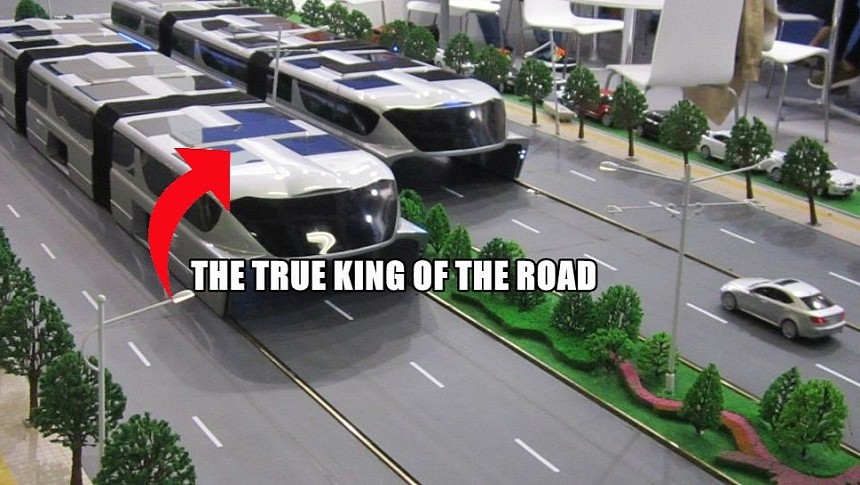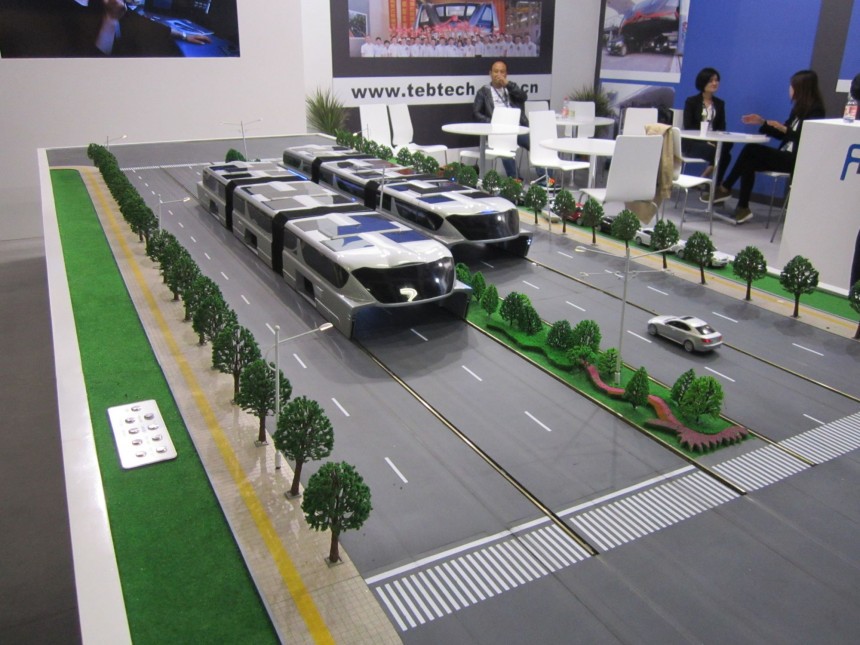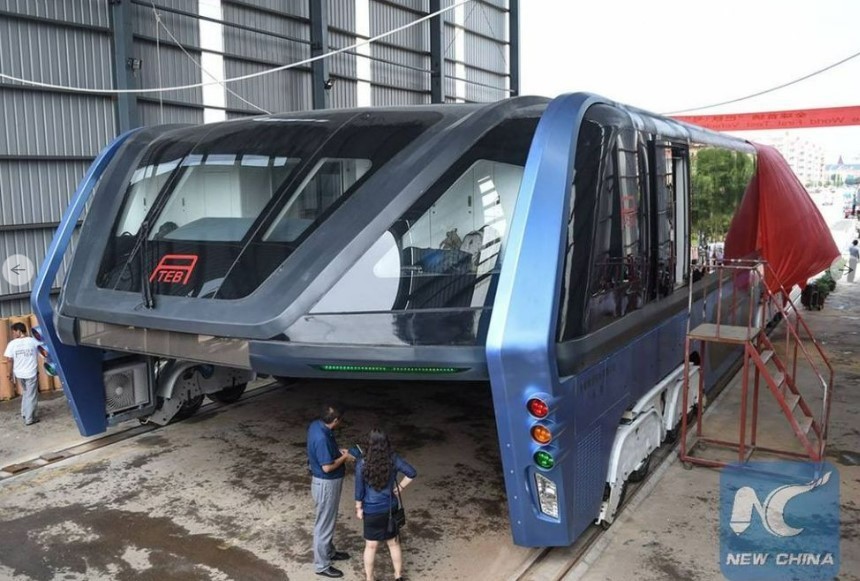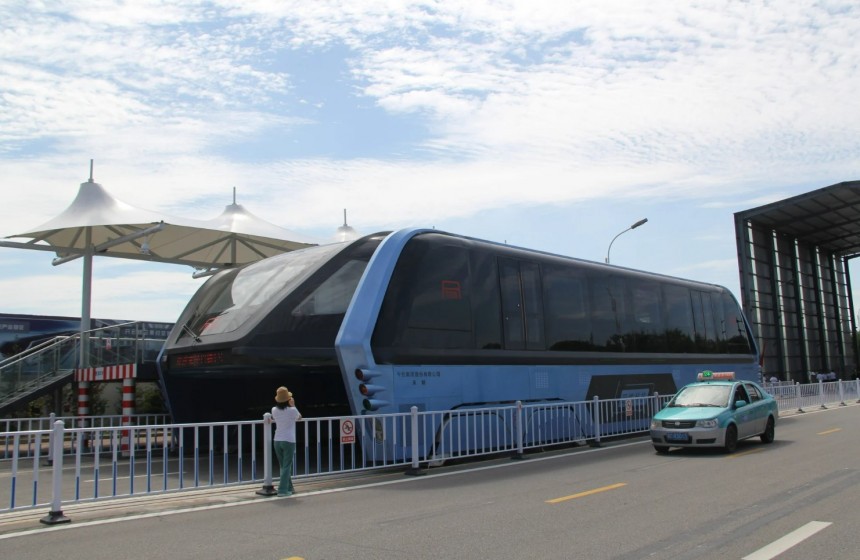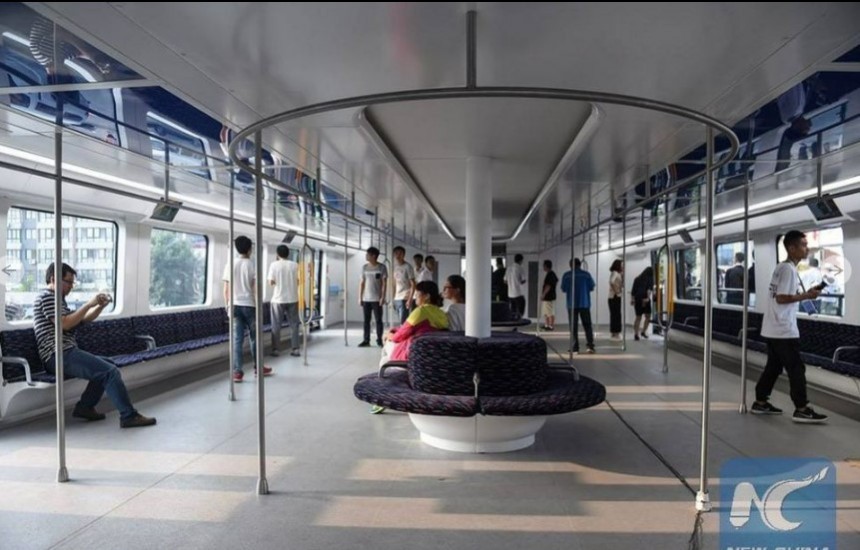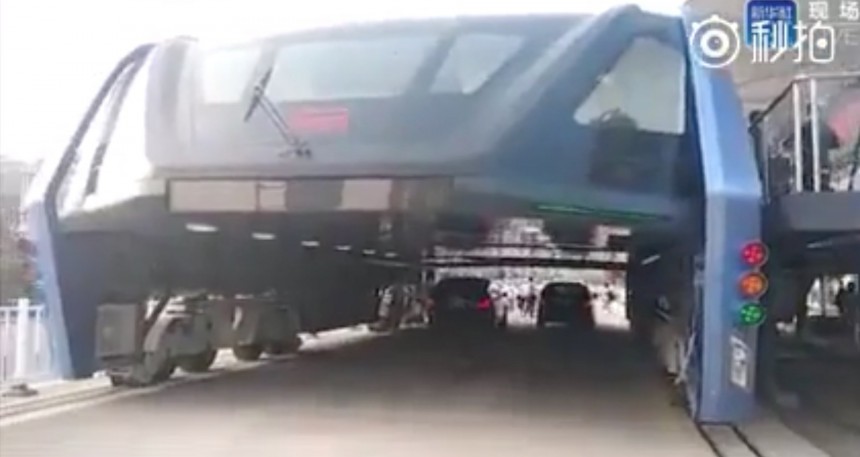The road to hell is paved with good intentions, if we're to give credence to popular wisdom. On the same note, the road to progress is paved with broken dreams, except for those times when dreams are actually financial scams feeding off people's hopes for a better future.
For all its joys and opportunities, life in the city has become plagued by problems. Pollution, over-population, increased congestion that leads to higher pollution, higher stress, and lower efficiency, and a seemingly unbreakable vicious cycle of problems without solutions – these are all issues we're dealing with on a day-to-day basis, to various degrees depending on the city we live in.
Proposing an idea that would solve several of these issues at once is, then, a sure way of proposing a better future. A city without traffic jams, less pollution, and a more time-efficient commute is a city of the ideal future. Throw in reduced costs compared to other similar solutions, and you've got yourself the modern equivalent of a unicorn.
A unicorn is precisely what the TEB was.
TEB, short for Transit Elevated Bus, was also called the Straddling Bus, the Tunnel Bus, and the Land Airbus but was ironically not a bus at all. It was a gigantic road train shaped like a catamaran, a train on stilts riding high above traffic so that it could glide over congestion. It would run on tracks by the side of the road using electricity, so it was green and, due to its size, more efficient than regular buses because it could carry up to 1,200 passengers at once.
TEB was a star public transit vehicle in its home country, China, for the better part of six years, starting with 2010, when the concept was unveiled at that year's Beijing International High-tech Expo, making its way on TIME's list of Best 50 Inventions of 2010.
The same trade event was chosen for the unveiling of the first scale model six years later, followed by the announcement that test trials would begin shortly and would undoubtedly be followed by a large-scale deployment of the project.
We're talking large-scale in every sense of the word: at the 2016 event, designers of the TEB boasted interest from several countries, including Brazil and France, and at least four major cities in China. This would be the biggest, most revolutionary, and future-proof vehicle designed for public transport, they said.
The Bos-Wash Landliner looked very much like the TEB and used the same principles. The TEB was different because it wasn't just fiction.
Even better, it would become a reality in just a few months, as company TebTech announced a trial run would take place in 2016 in the port city Qinhuangdao on a 300-meter (980-foot) track. This was a huge downgrade from the initial proposed length of 185 km (115 miles) that should have been built in the Mentougou District of Beijing by late 2010, but as the saying goes, it was better than nothing.
On paper, TEB would be the answer to most modern problems of city life. Running on two tracks by the sides of the road, it would be 4.8 meters (15.9 feet) high, allowing standard passenger vehicles to pass underneath, while it would still have enough clearance for passes.
The passenger cabin would be 22 meters long and 7.8 meters wide (72.1 feet by 25.5 feet), so it would span the width of two car lanes and seat about 300 people. In future iterations, articulated TEBs would carry as many as 1,200 people at once, with access done either via elevated platforms or stairs.
The TEB was designed to be electric, charging on the go from overhead wires and traveling at speeds between 40 and 60 kph max (25-37.2 mph). Chief engineer Song Youzhou optimistically pointed out in 2016 that even the smaller version of the TEB would replace 40 buses, which, in turn, could cut annual fuel consumption by 800 tons and carbon emissions by approximately 2,500 tons, paving the way for a greener, more sustainable future.
Despite initial criticism saying that a vehicle like TEB would have issues turning or, for that matter, with any other course that wasn't arrow straight, Youzhou insisted the concept was perfectly adapted for city transit, with everything it entailed. It even included safety features, like underbelly light warnings and projections that informed drivers passing underneath of nearby road signs, proper traffic lights, and a road infrastructure designed for TEB efficiency and crash prevention for other participants.
Less than a week later, TEB-1 had been abandoned, as initially whispered criticism grew louder and reports emerged of a fraudulent scheme that had tricked investors into buying into a business that would never materialize into anything.
Despite how the test run was presented, TEB-1 never ran on tracks but rolled on rubber wheels, was painfully slow, and overheated several times during that very short run. Seeing it in physical form also helped with the realization that it would simply not fit in an urban scenario, particularly since SUVs, cars with roof racks, or trucks wouldn't fit underneath, and the train itself wouldn't have clearance to pass under lower city bridges.
TebTech tried to put an end to the controversy by arguing that the first run had been meant to test braking and the overall feasibility of the vehicle, but by then, it was already too late.
The Shanghai Jiao Tong University's Institute of Automotive Engineering, which had been name-dropped as having assessed the feasibility of TEB, had already denied involvement in the project. Moreover, the city of Qinhuangdao said they had no idea of TEB tests being planned there, which effectively stripped whatever credibility still remained from the project.
The prototype was abandoned on site for months afterward – an unintentionally ironic reminder of a giant of public transit meant to help with traffic congestion, effectively blocking traffic.
In July 2017, the test site in Qinhuangdao was finally dismantled, and all traces of TEB were erased from the Chinese media. Throughout the year, searches of TEB or related terms on Baidu and Weibo returned zero results, and all mentions of the concept and the "successful" test run were removed from the internet.
Today, TEB is just a memory – not of a beautiful future with cleaner air and convenient public transit in overcrowded cities, but of a dream for one, shamelessly exploited by a handful of people trying to get rich.
But the biggest problem with TEB wasn't that it was never meant to be real, but rather that it couldn't have even if it wanted, as experts would later point out: you can't solve existing problems by inventing new vehicles that sidestep the problems. In other words, traffic jams are the problem themselves, and they require a healthy approach; you can't just glide over them.
Proposing an idea that would solve several of these issues at once is, then, a sure way of proposing a better future. A city without traffic jams, less pollution, and a more time-efficient commute is a city of the ideal future. Throw in reduced costs compared to other similar solutions, and you've got yourself the modern equivalent of a unicorn.
A unicorn is precisely what the TEB was.
TEB was a star public transit vehicle in its home country, China, for the better part of six years, starting with 2010, when the concept was unveiled at that year's Beijing International High-tech Expo, making its way on TIME's list of Best 50 Inventions of 2010.
The same trade event was chosen for the unveiling of the first scale model six years later, followed by the announcement that test trials would begin shortly and would undoubtedly be followed by a large-scale deployment of the project.
We're talking large-scale in every sense of the word: at the 2016 event, designers of the TEB boasted interest from several countries, including Brazil and France, and at least four major cities in China. This would be the biggest, most revolutionary, and future-proof vehicle designed for public transport, they said.
An old idea with a new spin
As futuristic as TEB looked, it wasn't based on a new idea. In fact, the idea for such a public transit vehicle that could glide over traffic had been around since 1969, when American architects Craig Hodgetts and Lester Walker presented their "immodest proposal" of redesigning NYC, mostly through what they called the Bos-Wash Landliner.The Bos-Wash Landliner looked very much like the TEB and used the same principles. The TEB was different because it wasn't just fiction.
Even better, it would become a reality in just a few months, as company TebTech announced a trial run would take place in 2016 in the port city Qinhuangdao on a 300-meter (980-foot) track. This was a huge downgrade from the initial proposed length of 185 km (115 miles) that should have been built in the Mentougou District of Beijing by late 2010, but as the saying goes, it was better than nothing.
On paper, TEB would be the answer to most modern problems of city life. Running on two tracks by the sides of the road, it would be 4.8 meters (15.9 feet) high, allowing standard passenger vehicles to pass underneath, while it would still have enough clearance for passes.
The TEB was designed to be electric, charging on the go from overhead wires and traveling at speeds between 40 and 60 kph max (25-37.2 mph). Chief engineer Song Youzhou optimistically pointed out in 2016 that even the smaller version of the TEB would replace 40 buses, which, in turn, could cut annual fuel consumption by 800 tons and carbon emissions by approximately 2,500 tons, paving the way for a greener, more sustainable future.
Despite initial criticism saying that a vehicle like TEB would have issues turning or, for that matter, with any other course that wasn't arrow straight, Youzhou insisted the concept was perfectly adapted for city transit, with everything it entailed. It even included safety features, like underbelly light warnings and projections that informed drivers passing underneath of nearby road signs, proper traffic lights, and a road infrastructure designed for TEB efficiency and crash prevention for other participants.
The beginning of the end
In the summer of 2016, TebTech proudly announced that TEB-1, a prototype for this revolutionary straddling bus, had been built and would undergo testing in Qinhuangdao. This proved to be the beginning of the end, despite the hype surrounding the actual test, broadcast online and in the media.Despite how the test run was presented, TEB-1 never ran on tracks but rolled on rubber wheels, was painfully slow, and overheated several times during that very short run. Seeing it in physical form also helped with the realization that it would simply not fit in an urban scenario, particularly since SUVs, cars with roof racks, or trucks wouldn't fit underneath, and the train itself wouldn't have clearance to pass under lower city bridges.
TebTech tried to put an end to the controversy by arguing that the first run had been meant to test braking and the overall feasibility of the vehicle, but by then, it was already too late.
The Shanghai Jiao Tong University's Institute of Automotive Engineering, which had been name-dropped as having assessed the feasibility of TEB, had already denied involvement in the project. Moreover, the city of Qinhuangdao said they had no idea of TEB tests being planned there, which effectively stripped whatever credibility still remained from the project.
The prototype was abandoned on site for months afterward – an unintentionally ironic reminder of a giant of public transit meant to help with traffic congestion, effectively blocking traffic.
The end
The TEB-1 prototype would remain in the same place for at least another year. By next summer, police arrested 32 individuals for "illegally raising funds to finance the TEB," based on complaints from 72 investors who had been deceived into supporting the initiative. Among those arrested was entrepreneur Bai Zhiming, who had bought the patents for TEB and ran a website raising money for it, which proved to be a fraudulent scheme.Today, TEB is just a memory – not of a beautiful future with cleaner air and convenient public transit in overcrowded cities, but of a dream for one, shamelessly exploited by a handful of people trying to get rich.
But the biggest problem with TEB wasn't that it was never meant to be real, but rather that it couldn't have even if it wanted, as experts would later point out: you can't solve existing problems by inventing new vehicles that sidestep the problems. In other words, traffic jams are the problem themselves, and they require a healthy approach; you can't just glide over them.
